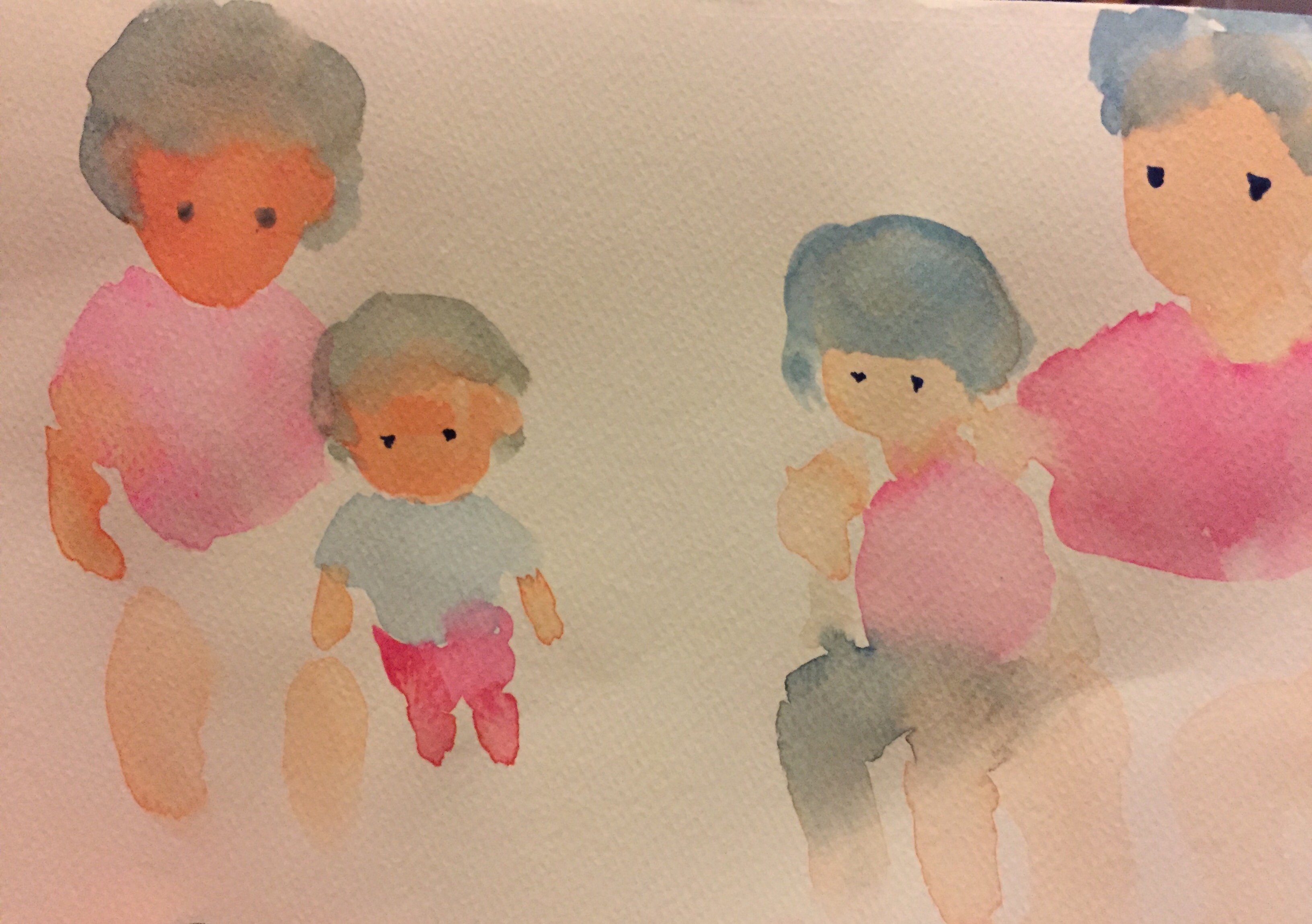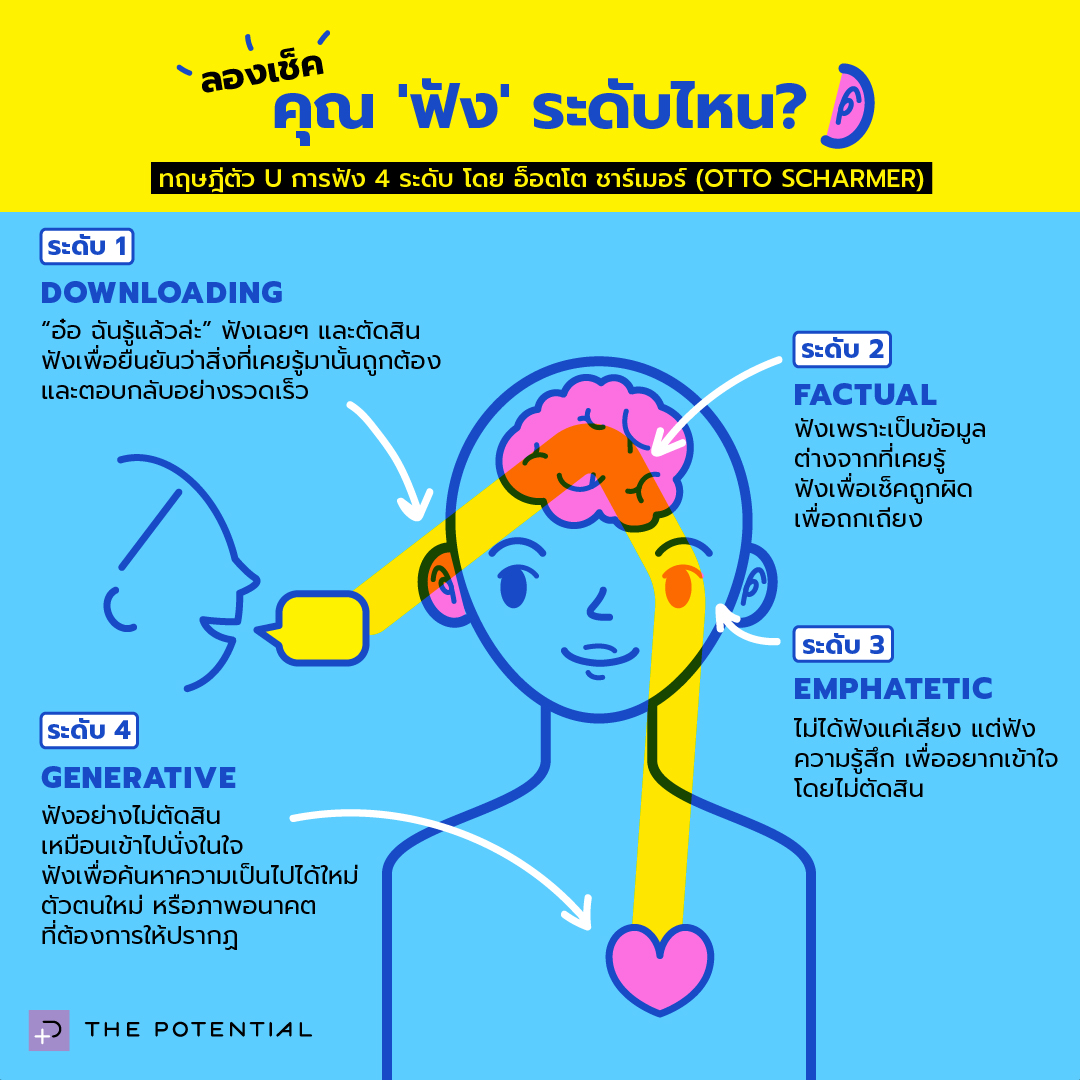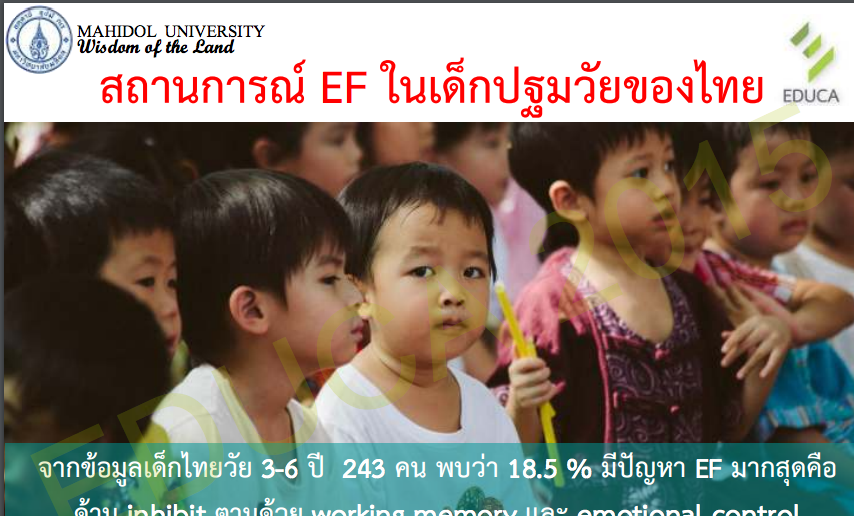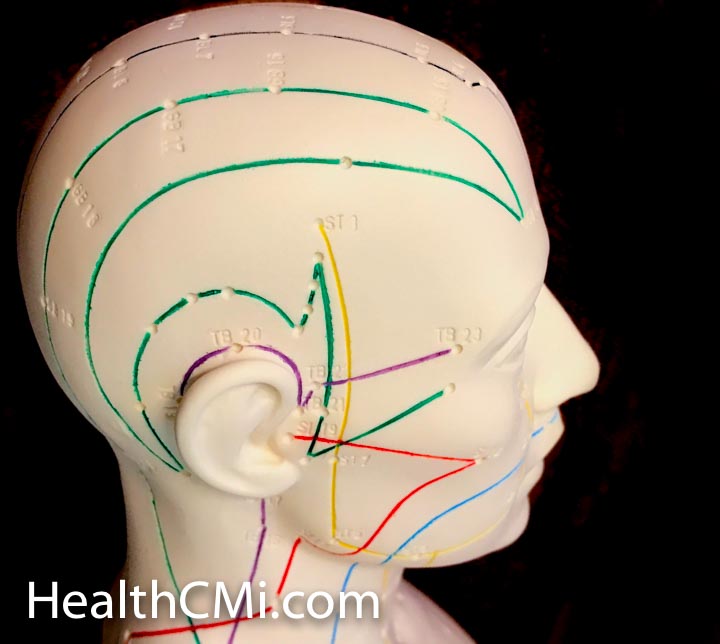 [This articles was written by Rahima Baldwin Dancy and covers a Waldorf understanding of child development from birth through three years. It originally appeared in Mothering,Spring 1987 and has been updated for this posting. It may be reprinted if full credit is given to the author and this web address is listed on the article.]
[This articles was written by Rahima Baldwin Dancy and covers a Waldorf understanding of child development from birth through three years. It originally appeared in Mothering,Spring 1987 and has been updated for this posting. It may be reprinted if full credit is given to the author and this web address is listed on the article.]
The imitative nature of the baby and young child is so obvious and so all-pervasive that we tend to be blind to it, unaware of its implications for parenting. Your child learns everything through imitation-walking, talking, toilet training, tying shoes, endless tasks. Imitation also manifests in expressions and gestures, as when we see and hear ourselves in our children’s play.
Rudolf Steiner, who founded Waldorf education, left a rich legacy for understanding the nature and development of the young child that can help parents nourish their whole child-body, mind, emotions, and spirit. It was through Steiner that I first became aware of learning through example and imitation, principles that I had observed in my own children without bringing them to consciousness.
Steiner states: “The little child, up to the age of seven, up to the change of teeth, is essentially imitative. He learns by doing what he sees being done around him. Fundamentally, all activities of the child’s early years are imitations.”1 How does this affect the young child–what does he or she imitate? Everything. Every action, every sight, sound, or other sense impression, every emotion from those around the child is taken in and absorbed right into the child’s inner being. Even when not obviously imitated or reproduced in the child’s actions, these impressions become indelibly etched in the child’s nervous system and can affect the development of the whole organism. Young children do not have the buffers and filters that adults have to block out impressions. Indeed, all that babies can do to stop the flow of impressions is go to sleep.
The awareness that the French obstetrician Fredrick Leboyer brought to our understanding of the newborn’s sensory experiences was explained by Steiner 50 years earlier. He said, “In the first part of life, before the change of teeth, the child is, so to say, altogether a sense organ. This we have to take very literally. What is the characteristic action of a sense organ? It is receptive to impressions from the environment. If something striking occurs near him-for example, a burst of anger-then the reflection thereof goes right through the child. It will affect even his blood circulation and digestive system. “2
A baby and young child will benefit from a calm and loving environment, especially one in which attention is placed on rhythm and repetition, and not on overwhelming the baby with sense impressions. Americans are enthusiastically taught to stimulate their babies for early development. This seems to grow out of a misinterpretation of studies which showed that babies in orphanages failed to thrive for lack of a primary caregiver and lack of stimulation. What is needed is the attention of loving parents who hold, cuddle, and are responsive to the child-not flash cards, activity boards, or plastic mobiles.
Babies need the loving attention of their parents and they need to be shielded from over-stimulation. While baby carriers increase contact between mother and baby, they also become a means of transporting babies to places where the quality of the sights and sounds are so invasive that the children would frequently be better off at home. I took my first child to a large discount department store when he was 10 days old, something I would not do again! Most parents are initially aware of the openness of the senses of the newborn, but they lose this awareness as the uniqueness of the birth slips into the “everydayness” of life.
Protecting the Senses
The senses of the newborn remain wide open long after birth. Because of this, some parents like to put colored silk over the baby’s basket to soften the light during the first few months. Similarly, parents can attend to the quality of the sounds their baby hears. No one is advocating tiptoeing around a baby; the baby needs to become accustomed to the sounds of your household. But it is worthwhile to ask about the quality of the sounds, “Are they connected to life?” Mechanical sounds from radio, television, tapes, or stereo not only have a different vibrational quality, but they also lack a living force behind them. Steiner explained how such mechanical sounds could have a detrimental effect on the developing discriminatory function of the hearing apparatus as well as on other organs. Taped lullabies and television programs, which take the place of singing to our babies or interacting with our children, also produce sound having a mechanical quality that is best avoided until after the age of seven.
In a similar way, images on television, movies, or computer screens are two-dimensional and composed of dots and emissions that can affect the developing organs and vitality of the child, regardless of the educational content of the programs. For this reason, and because television keeps young children passive and immobile when their nature is to be in movement, parents and teachers working out of the indications of Rudolf Steiner recommend that children under seven not watch television or play video games. It is helpful to realize that the effect of television on an older child is very different from its effect on a young child. The task of the first seven years, according to Steiner, is the determination of the health and vitality of the body’s organs, which is directly influenced by all that the child takes in. Anthroposophical medicine, which Steiner developed and which is well recognized in Europe, details the relationship between various illnesses in later life and the interaction of sensory impressions on the hereditary predisposition received from the parents.
With regard to the sense of touch, most parents realize the value of skin-to-skin contact with their newborn. And an increasing number of parents are using natural fibers, because they “breathe” and can help to prevent newborn rashes. Fibers from living sources such as wool, silk, and cotton have subtle qualities, which Steiner described as enhancing (rather than depleting) the body’s energy
–important considerations for children and adults of all ages. Hospitals have substantiated this by reporting that premature babies gain weight faster when placed on wool sheets.
Clothing also relates to the sense of warmth, which is especially important in the young child since it helps to determine how connected the consciousness of the child is with his or her body. Remember how sitting in an overheated room could put you to sleep, while a crisp autumn day could make you feel invigorated and ready for action? Young children need evenness of temperature, and slightly on the warm side because they are dreamier and not yet as fully “on the earth” as adults. They are usually unable to accurately report when they are cold because they do not yet have much awareness in their limbs. Keeping young children adequately clothed is an adult’s task, even if the children assure you that they are warm enough.
Many nurseries are now putting stockinette caps on babies to prevent heat loss. Actually, continuing to cover the head in the first year is valuable because it will protect the baby’s fontanels. These soft spots, with brain tissue just underneath the skin, can take up to a year and a half to close. A hat protects the central nervous system and the infant’s sensitive energy center in the top of the head (the crown chakra), which remains wide open until the fontanels close.
Keeping the head covered is also an important way of protecting the baby and young child from direct sunlight, which has an extremely powerful effect. This fact is well known in other countries, where often only North American visitors let their babies run around in just a diaper. Waldorf preschool teachers attest to the beneficial effect of hats, for they have found that when the children wear sun hats in May and June, they tend to be less wild and “out of themselves” when they come in from outside play.
Imitation and Discipline
A baby’s consciousness is dreamy and diffused, connected with the body but also surrounding it. Have you ever walked into a newborn’s room and wondered how such a small baby could somehow fill the entire room? Because of this quality of consciousness, it is impossible to spoil a baby; babies are not yet sufficiently aware of themselves as separate beings to be able to learn manipulative behavior. Rather, meeting a baby’s needs teaches him or her that the world is a trustworthy place.
Discipline in the early years can only be understood in terms of guidance. To discipline a young child is to provide an example of how things are done. If we remember that children learn by imitation, then we can correct them through our own example, and with positive statements rather than commands. For example, you might say, “We eat with a spoon” while you demonstrate this for the child, rather than saying “Stop eating with your fingers” or losing your temper.
Just as taking control of the body is a gradual process which proceeds from the head downward, so the awakening of consciousness of the “I” is also a gradual process. We could say that the child “grows down and wakes up.” A contraction of consciousness occurs from the diffused, undifferentiated consciousness of the baby to the more focused, concentrated, and self-centered awareness of the two year old. This first dawning of self-awareness during the third year is repeated again at ages 9 and 13 with even greater power.
The “Terrible Twos” seem more terrible because of our perception that the child begins to be “willful,” to misbehave “on purpose.” This is true in the sense that suddenly we are aware of a new “doer” being present, of someone who can consciously oppose our will with his or her own. But the young child still has no memory or moral sense of right and wrong (which, Steiner says, begins to develop at age five). Knowing about this inpouring of the child’s sense of self can help parents to stay calm and accept it as a necessary stage of development.
The most effective way to correct behavior in the young child is to provide an example in movement rather than to reason it out. In these times when many women are questioning patriarchy and authoritarianism, some mothers feel ambivalent about getting their child to obey and may engage in endless disputes as a result. You correct your child by virtue of the “natural authority” you have as his or her parent, teacher, and guide into the adult world that your child will one day join. Instinctively, the child accepts your authority along with your love and care. It is confusing to the child to be treated as your “equal” in this respect, and to be provided with countless reasons, threats, promises, or options. In fact, reasoning with your child is not very appropriate before the age of nine. Instead, out of your inner conviction that creating good habit patterns in early childhood is beneficial, you might say with absolute conviction, “We stay at the table until we’re finished,” as you remain seated while your child eats. Or, “It’s time to put the toys away,” while you hand your child a truck and put a horse away yourself. Children find it almost impossible to resist movement–imitation is part of their nature. However, if you start reasoning with your child to get him or her to do what you want, your child will imitate that and become a five year old who can talk you into doing things with great success.
Rhythm, example, and consistency go a long way toward preventing discipline problems. If naptime occurs every day at the same time, it becomes a part of life, not something that invites resistance. Or, if bedtime occurs every night with the same kind of ritual (pajamas, brushing teeth, lighting a candle, story, song, and prayers, for example), then going to bed will not raise questions or problems.
Avoiding problems and correcting your child without any sense that he or she should have “remembered to do it right” can help you to keep your perspective. Scolding or shouting is not effective; it simply forms part of the impression that the child takes so deeply into himself or herself. Remember, no one is perfect, and our own inner efforts and work on ourselves are the best things we can do for our young children. Striving to be models worthy of imitation (with renewed resolve rather than guilt) is the hardest and the most valuable work of parents, and it has the most benefit for our children. To help frazzled parents replenish their energy, Steiner suggests: sleep, meditation, and artistic activity.
Walking: The Task of the First Year
The earliest learning tasks of the child involve gaining control of the physical body–crawling, walking, talking, using the toilet. Children have a desire to be “big” and an innate capacity to walk upright and use language, but they first must encounter models to imitate in order for these skills to develop. For example, in rare cases where children have been raised by animals in the jungle, they never achieved an upright posture; similarly, children must be exposed to speech in order for language to develop.
The age at which a child walks, talks, or reaches other developmental milestones unfolds naturally, according to that child’s inner timetable. Comparisons with siblings or neighbors’ children will usually only create anxiety. Nature knows best what your child needs, and developmental stages should not be hurried or skipped. It is like fussing over a seed and digging it up to see if it is growing, when all it needs is sun, water, soil, and to be left undisturbed to grow naturally. Parents, having provided a healthy environment in which their child can grow, must then remain comfortable with the wide range of normal. (Be sure to seek answers to your questions, and either relax with reassurance or else enlist professional help in the rare cases where it is necessary.) The current “Superbaby Syndrome” can sometimes accelerate early achievement, but Steiner would say that it does so at the price of later physical health and well-being.
Gaining control of the body and learning to walk are the basic tasks of the first year. We can notice how control spreads from the head downward: starting first with the eyes, then the neck, then the trunk in learning to roll over, and finally the legs in learning to creep, crawl, and walk.
Developmental therapists now tell us that children who bypass the crawling stage often have coordination and learning disabilities in later life. Movement helps to stimulate and pattern the brain, and no phase should be skipped or hurried. For this reason, there is a twofold value to the baby in being horizontal until he or she can sit and stand independently. The first is that the time of crawling is not foreshortened, as it is with the use of baby walkers. The second is that the weight of the head and brain are not placed on the central nervous system before the baby can support them. Thus, baby walkers and other devices that set the child prematurely upright do the baby a disservice. Our plastic baby carriers also contain this design flaw, whereas in many other cultures where the young baby is carried in a sling or shawl, he or she remains horizontal much longer.
Baby gymnastics are fine for the adult companionship they provide for mothers, but they are not needed for a baby’s physical development. Children need to be allowed to unfold, with parents present to share in their unflagging attempts at mastery and their pride of accomplishment.
Talking: The Task of the Second Year
It is most common for walking to develop before talking, because speech sounds are related to body movements. For example, Steiner states that the forming of words has a certain parallel with the way in which the child can bend the fingers or keep them straight. Once a toddler is able to walk, speech usually develops rapidly.
In addition to being able to move, the child must also be exposed to speech in order for language to develop. Naturally, talking to your baby in clear, adult sentences provides a better model to imitate than does speaking in “baby talk.”
Speech is, at first, an expression of the child’s feelings, not thinking. First words express pure desire or wish. “Mama!” “Cookie!” or “Hurry!” convey whole sentences. The next phase involves naming things, which is a uniquely human act and shows the developing ability to form concepts about the world outside of oneself.
Thinking: The Task of the Third Year
Through imitation, simple speech and naming develop into full sentences and talking, so that the two year old usually has a fair command of language. Language provides the mold out of which thinking develops as the two year old becomes more aware of himself or herself as being separate from the world.
The young child is the center of his or her universe, unaware of distinctions between inner and outer, self and other. Before the third year, children usually refer to themselves by what they hear, such as “Mary do it” or “Joey’s car.” Their first spoken “I” corresponds to what popular psychology has called “The Terrible Twos.” This stage can better be understood (and weathered) as a time encompassing a first experience of self or individuality.
For thinking to unfold, the child must first have developed speech and also memory, which holds together sequences of experiences that the “I” gradually forms into concepts and ideas. By the age of three, the child has developed localized or “place memory,” and is starting to develop rhythmic or “time memory” and concept memory. But the child is still unable to form pictures or to call up memories at will without sensory reminders. This ability does not develop until about the age of six.
The Three Year Old
The development of thinking, memory, and the sense of self all involve separating oneself from the world. The next phase involves the three-year-old child’s reuniting with the world through creative play, as fantasy makes its first appearance. In play, we see the young child imitate all aspects of the surrounding world in an ever-changing way.
[To continue, see Rahima’s article on “Learning through Play.”
Notes
1 Elizabeth Grunelius, Early Childhood Education and the Waldorf School Plan (New York: Waldorf School Monographs, 1974), p. 41.
2 Ibid., p. 42.















